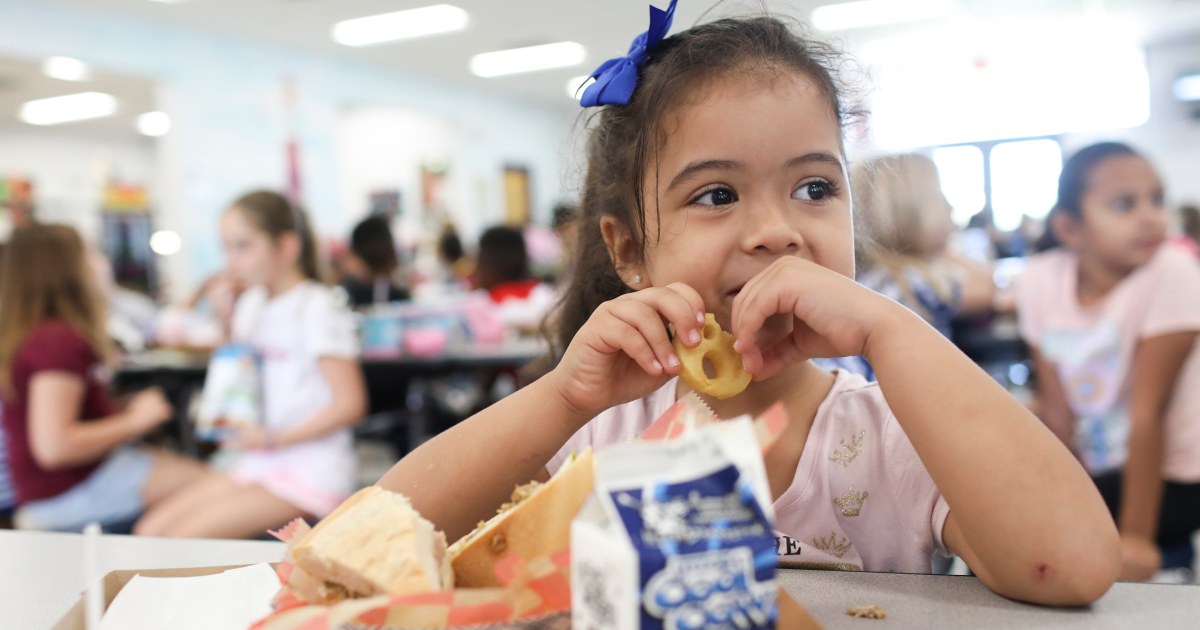This post may refer to COVID-19
To access official information about the coronavirus, access CDC - Centers for Disease Control and Prevention.

www.nbcnews.com
Free school lunches for all set to end, creating ‘perfect storm’ amid high inflation
A federal waiver that made school breakfasts and lunches free to students regardless of their family’s income is set to expire June 30.
Local
A federal waiver that made school breakfasts and lunches free to students regardless of their family’s income is set to expire June 30, eliminating a benefit that has helped millions of schoolchildren at a time when they need it more than ever, anti-hunger advocates say.
The free school meals program began in March 2020 when Congress authorized the U.S. Department of Agriculture to issue dozens of child nutrition waivers, including ones that expanded summer food programs, to provide a lifeline during the pandemic.
If the waivers end this month as scheduled, experts foresee a crisis as families, already facing soaring prices at supermarkets, gas stations and elsewhere, lose access to meals that their children have counted on for the last two years.
The cafeterias that serve students, meanwhile, are already running into obstacles: Supply chain interruptions have driven up the cost of their foods dramatically and made it difficult for them to comply with the strict meal requirements set forth by the USDA. The waivers gave them flexibility to provide nutritious meals using substitutions without penalties.
“School meal programs are facing a perfect storm,” said Diane Pratt-Heavner, spokesperson for the School Nutrition Association, a trade organization representing more than 50,000 school nutrition employees.
“They are very concerned about financial sustainability,” she said, and with universal free meals going away, “they’re very concerned about kids going hungry next year.”
Before the child nutrition waivers, children in families whose incomes were at or below 130% of the federal poverty level were eligible for free school meals, while those in families whose incomes were between 130% and 185% of the poverty level were eligible for reduced-price meals through the USDA’s National School Lunch Program.
About 21 million students accessed free or reduced-price lunch each school day prior to the pandemic, said Jillien Meier, director of No Kid Hungry partnerships and campaign strategy. But up until 2020, enrolling students could be burdensome, both for parents who had to show proof that they qualified and for schools that collected the information, something that would be even more difficult now amid staffing shortages.
For the past two years, parents have not had to fill out applications. And because every student at their school was offered free breakfast and lunch, it reduced the stigma that some students had previously associated with receiving meals, Meier said.
The waivers allowed schools to distribute grab-and-go meals when they went remote. They are credited with helping avert what many feared would be a catastrophic spike in child hunger when the pandemic hit.
“We think that that is directly attributed to the flexibilities Congress gave,” Meier said. “And now they’re refusing to extend those waivers.”
























































